An important element in the advancement of technology in the year 2023 is the inclusion of robotics in our daily lives. From household assistants like Roomba to personal assistants like Siri and Alexa, to companion robots, these ingenious devices, driven primarily by artificial intelligence and automation, have found a place in almost every industry today.
Similarly, robotics has found application in the field of architecture, where it has begun to revolutionize the way different types of buildings are designed, constructed, and even maintained. By combining principles of robotic engineering with architectural concepts, a wide range of possibilities is opened up for the creation of innovative and efficient structures.
The integration of robotics in architectural processes allows for the completion of complex and precise tasks, optimizes resources, and helps explore alternative methods of design and construction. It not only represents a technological evolution but also a paradigm shift in the way we conceive and create habitable spaces. As this technology advances, examples of buildings that leverage the advantages of robotics to drive innovation and push the boundaries of architecture are emerging.
One of the most notable applications of robotics in architecture is the use of robots in the manufacturing and construction of architectural elements. Robots can be programmed to perform precise and repetitive tasks such as cutting and shaping materials, manufacturing custom components, or constructing complex structures. This allows for greater flexibility in architectural design as robots can carry out tasks that would be difficult or costly to perform manually.
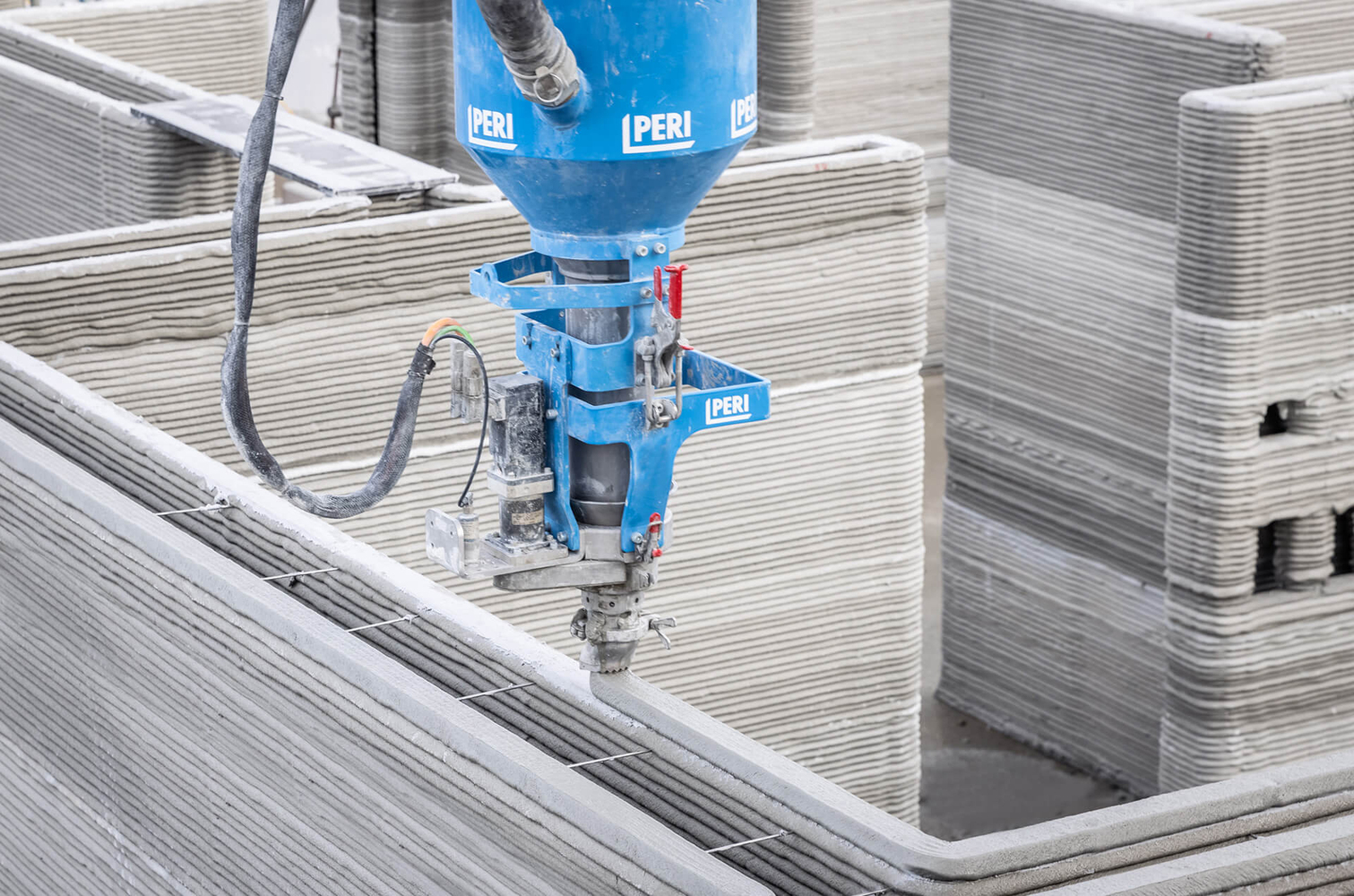
Construction 3D Printing, Courtesy of PERI
3D printing is a technology that has a strong connection with robotics in architecture. Robots can be used as mobile 3D printers, capable of depositing layers of material to efficiently and precisely build architectural elements. This technique offers the possibility of creating complex and customized structures, reducing material waste, and accelerating the construction process.
A notable example of the application of robotics in architecture is the project “The Cobot” by architect Matthias Kohler. This project utilizes collaborative robots (cobots) in the manufacturing and construction of architectural structures. These cobots work alongside architects and builders, optimizing construction processes and enabling the creation of complex and customized structures.
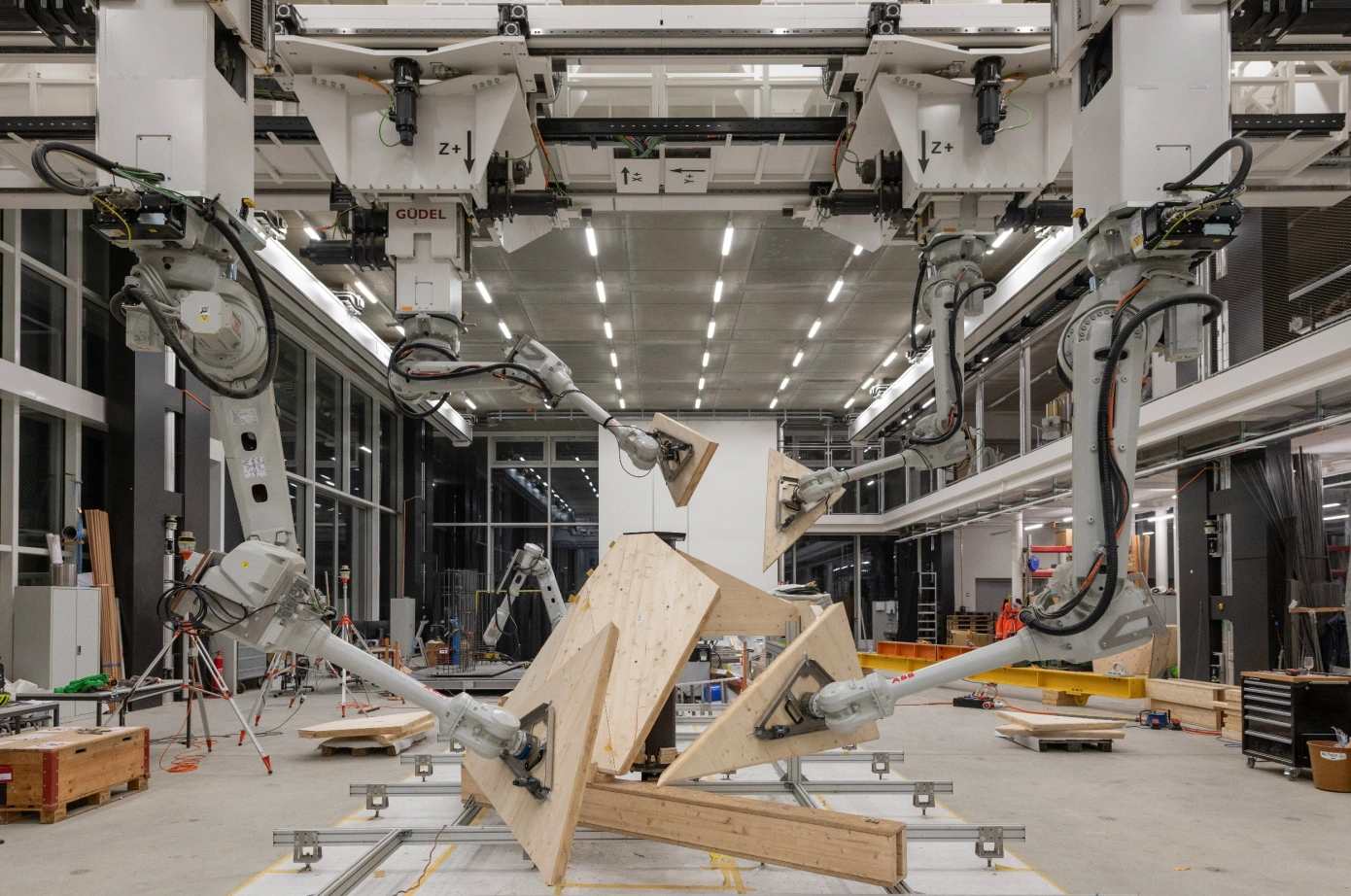
Semiramis collaboration between human design and AI. Courtesy of ETH Zurich
One of the most prominent examples of robotics applied to the architectural field is in the construction of highly complex buildings. These robots are programmed to perform tasks such as component assembly, cutting and shaping materials, and even 3D printing. An emblematic case is the Architectural Robotics Assembly, developed by Gramazio Kohler Research at ETH Zurich. It is a system that uses robotic arms to assemble architectural structures from prefabricated blocks. The robots work in a coordinated manner, managing to build complex and highly customized structures with millimeter precision.
Another example of these applications is in the manufacturing and placement of construction materials. The project “Iridescence Print” is an initiative carried out by the ICD/ITKE Institute at the University of Stuttgart. In this project, the combination of robotics and 3D printing is used for the manufacturing of architectural elements from ceramic materials. By using a robotic arm and a special mix of materials, the system deposits precise layers of ceramics, allowing for the creation of complex and customized structures. The focus is on optimizing the shape and geometry of the elements, providing greater energy efficiency and visually appealing aesthetics.
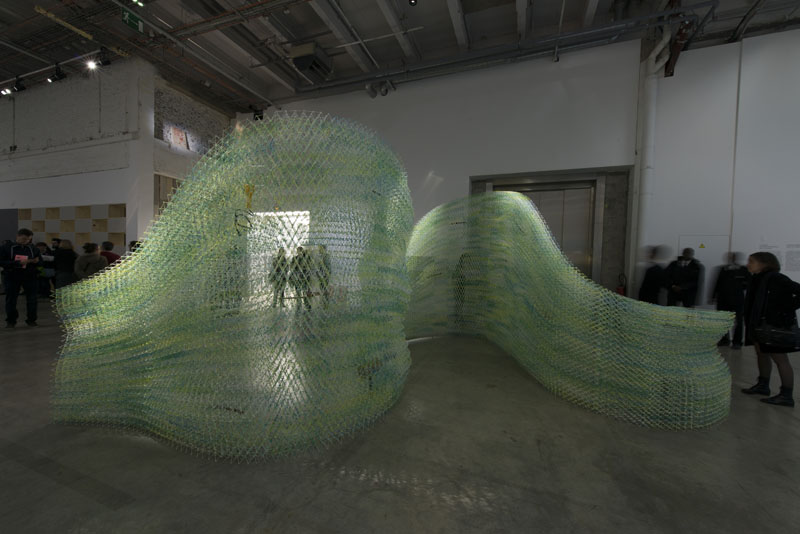
Robotics has also found a place in the maintenance and rehabilitation of buildings, such as a robot developed at the University of California, Berkeley, used for repairing and replacing damaged bricks on different facades. This mobile and autonomous robot can climb walls and perform various maintenance tasks. The Rope Climbing Robot, developed by Cornell University, uses artificial intelligence and sensors to inspect and perform repairs on hard-to-reach structures, such as bridges or skyscrapers.
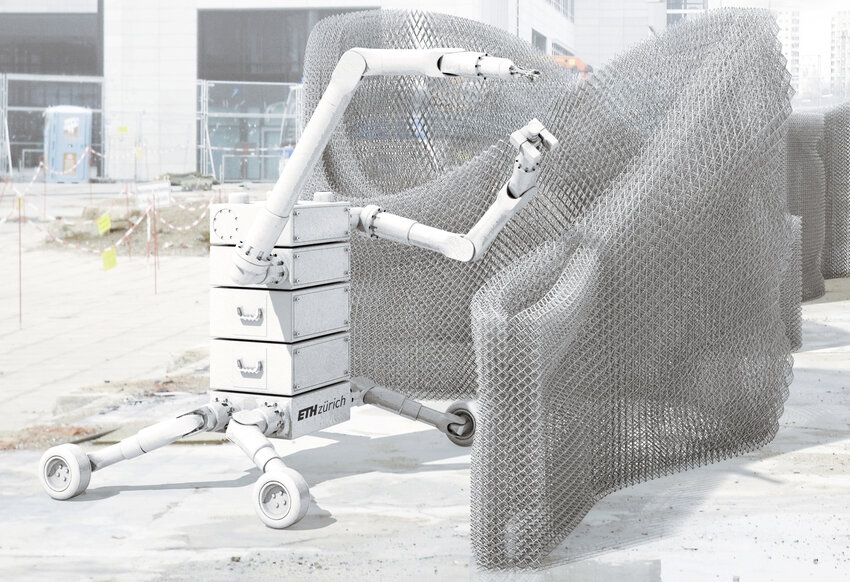
In Situ Fabricartor, Courtesy of ETH Zurich
Robots can also play a significant role in the interaction and adaptation of buildings to their environment. The “In Situ Fabricator” project developed at MIT uses robots for the construction of structures in extreme environments, such as underwater or extraterrestrial spaces. These robots are capable of adapting and responding to changing environmental conditions, using artificial intelligence algorithms to make real-time decisions and autonomously construct.
Another notable example is the Dynamic Tower, designed by architect David Fisher, which proposes a fully automated building that can change shape and adapt to the needs of its inhabitants. Each floor of the building is composed of prefabricated modules assembled by robots, allowing for customization of the living spaces and reconfiguration of the structure according to individual preferences.
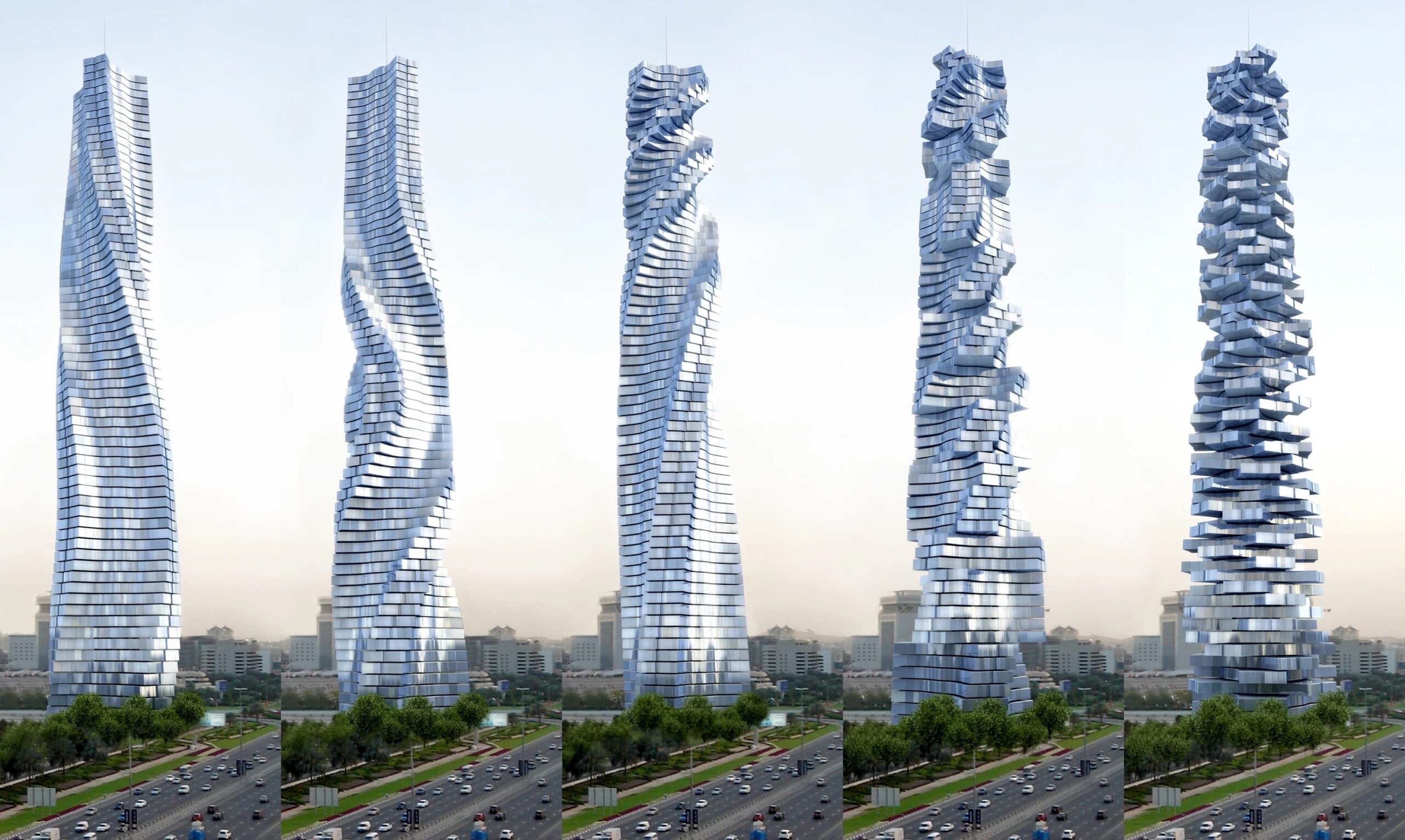
Dynamic Tower by David Fisher
These examples represent just a small sample of the potential of robotics in architecture. The integration of robots in this field offers new creative possibilities, greater resource efficiency, and the ability to tackle architectural challenges in innovative ways. As technology advances and boundaries expand, we can expect to see more and more buildings that harness robotics to create exciting and functional architectural environments, redefining the way we interact with built spaces.


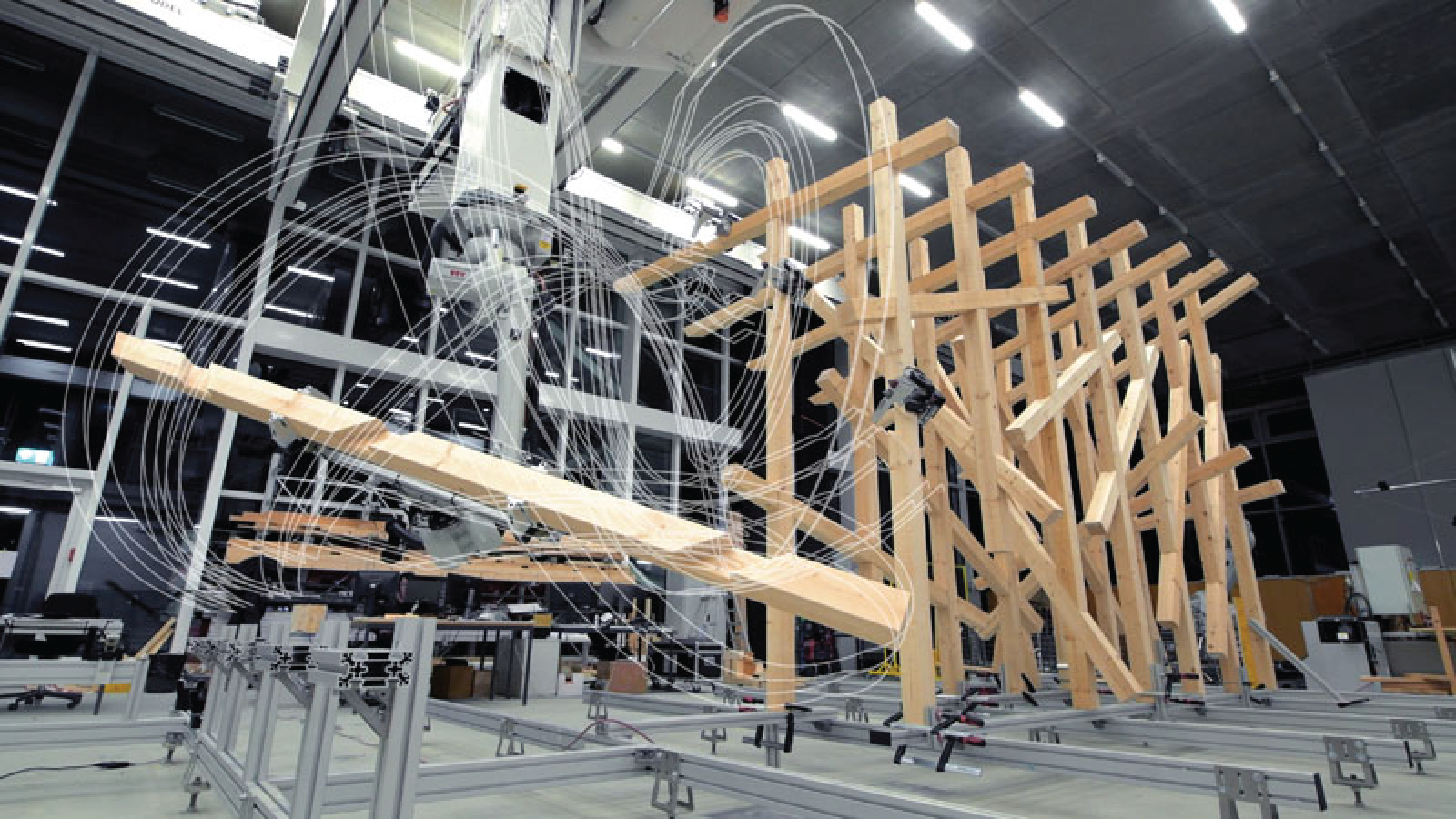

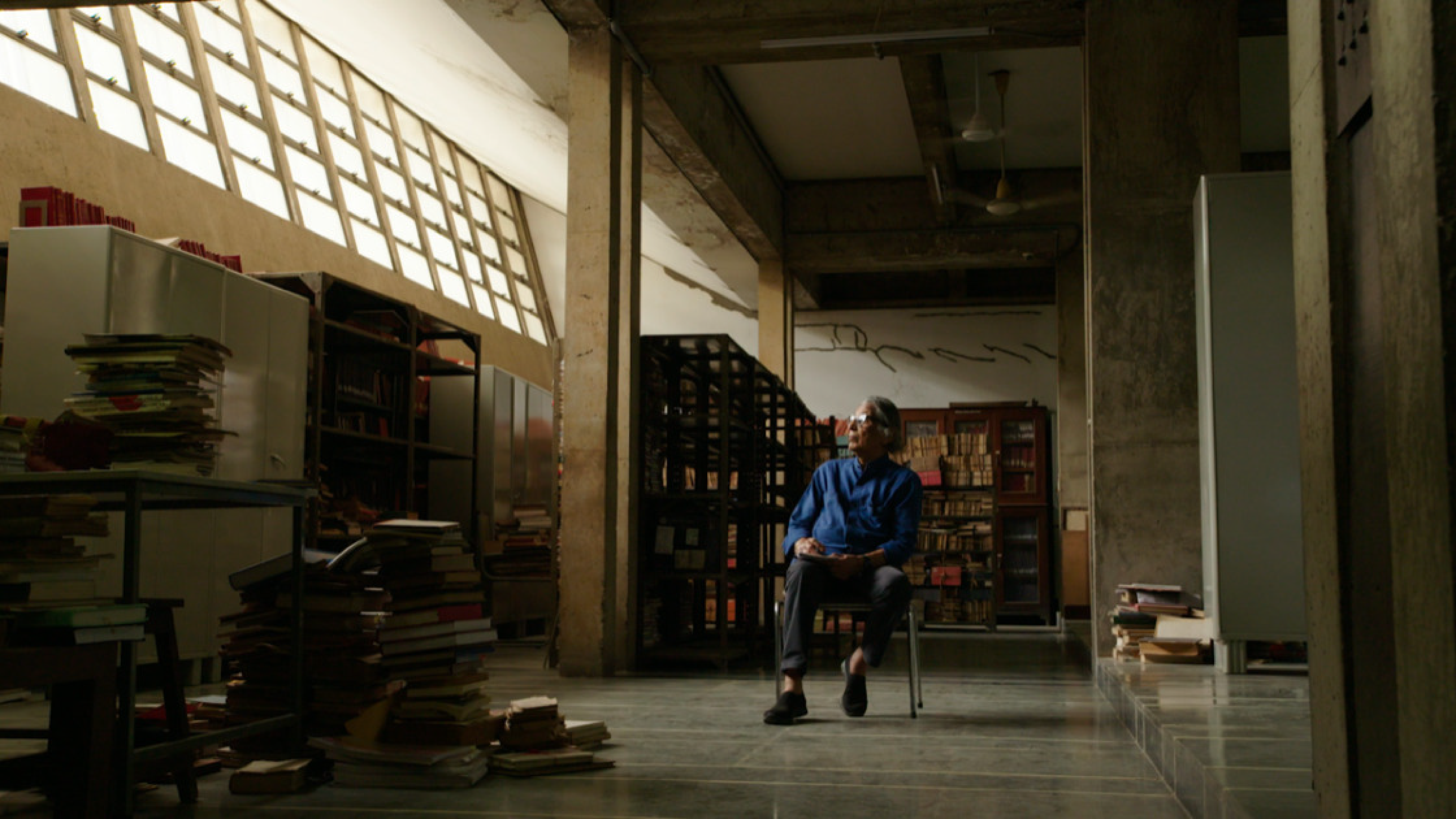
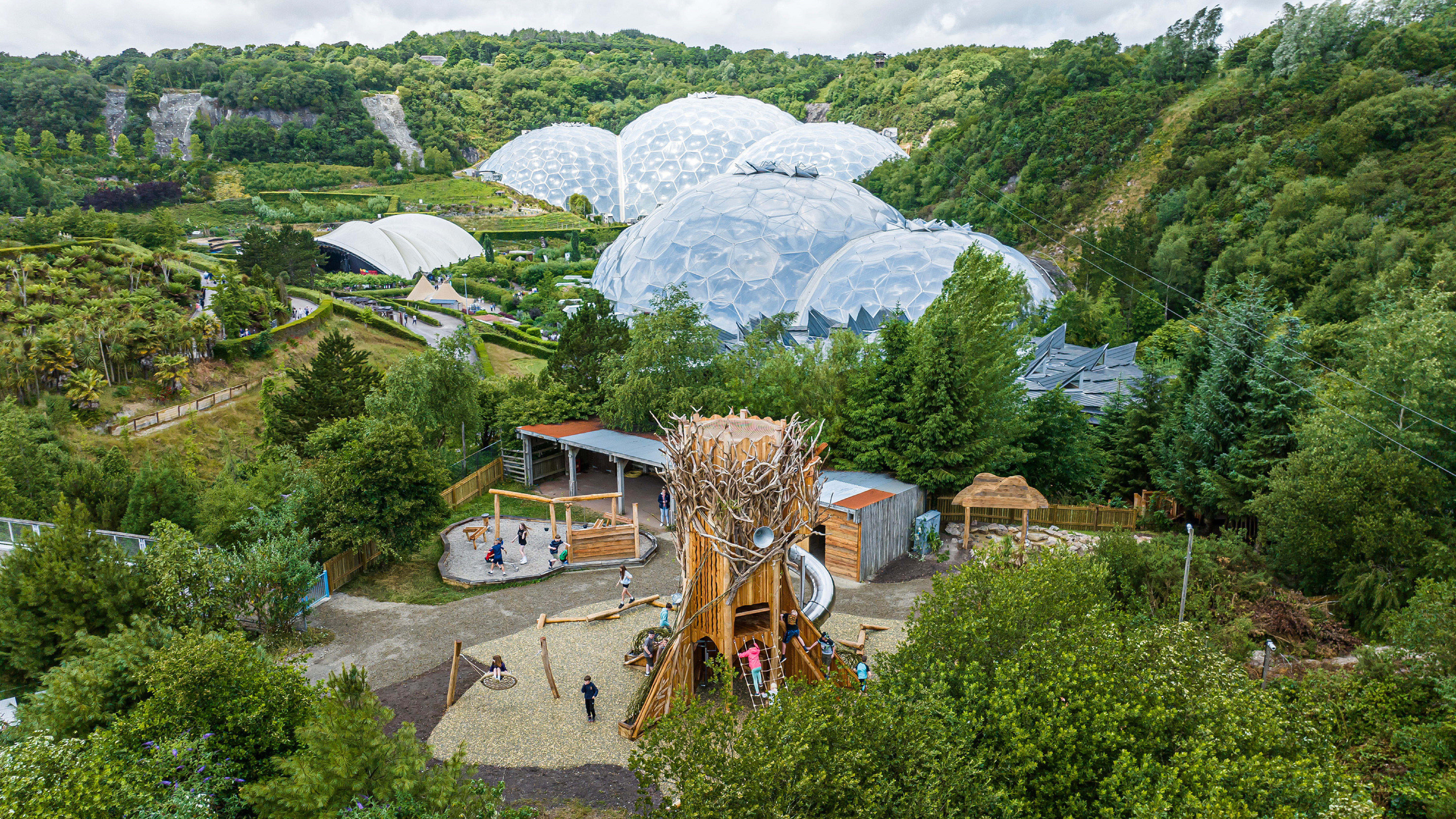
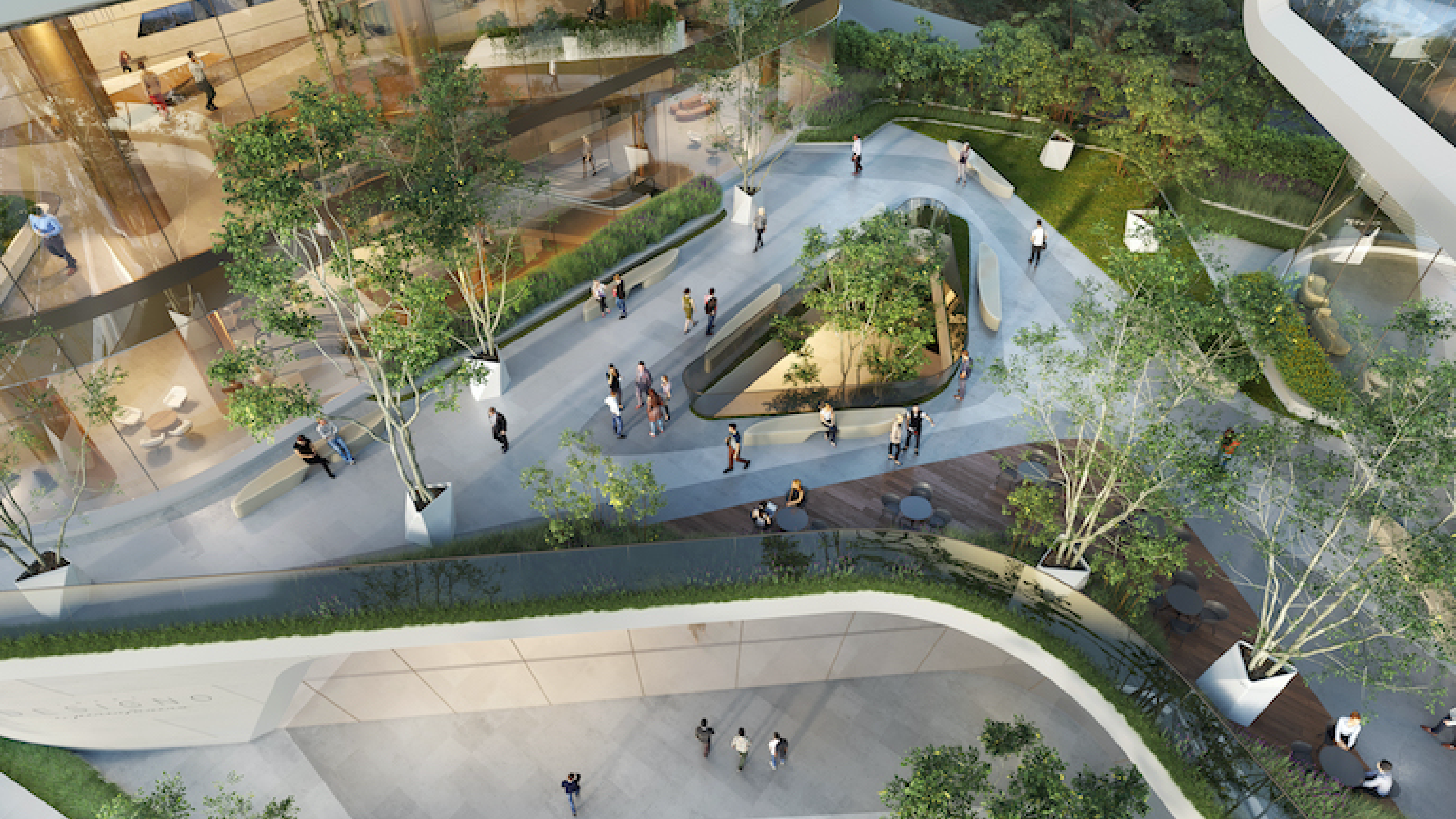
Leave A Comment